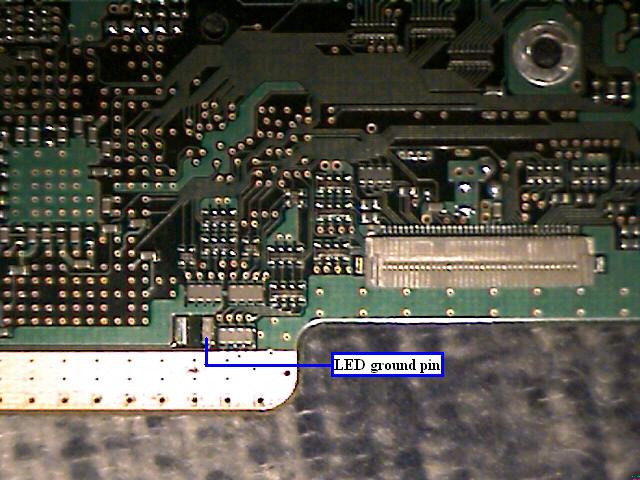

Now I could play legitimate Japanese games, but not any North American games or a backup.Īt this point, I did a little more research and found out that a Japanese PS1 cannot really be modified to run a North American game. I ended up feeding power into the 5V pin instead of the VIN pin on the microcontroller (the PlayStation’s 3.3V main power rail obviously doesn’t give enough headroom for the Digispark’s 5V regulator 2) and then restarting. No games would load, kicking to the audio-CD player screen at best.


Now to test! Unfortunately, I had no luck with it. It would also have been nice to have a different pinout on the chip that would allow for a straighter wire routing. The melted insulation and clumsy re-strippings were testaments to the fact that I still should have left more slack to work with. This wiring technique really cleaned up the whole install, except I had to go back and desolder these wires a few times. I made sure to leave a lot of room so I could clip the wires off just at the right length. I wired it up and then dragged the wiring out the front. I’m embarrassed to say how long it took me to figure out that all the solder-point reference pictures were showing the back of the mainboard. Once I had the programmed microcontroller in hand, it’s time to solder it into the motherboard of the PlayStation, so that it can speak its lies into the correct ears. I used to use them all the time for adding a bit of smarts to small jobs, but gradually moved onto Nano and Pro Mini clones when they became just as cheap, easier to get, and easier to work with. Of course, they were eventually turned into a very cheap Chinese clone. Digispark boards are/were an Arduino-compatible platform that is based around the ATtiny85 microcontroller, and are fantastic pieces of hardware 1. I programmed the then-latest release of PsNee onto a Digispark clone board. Make sure to visit that link, because it explains the actual mechanism by which modchips “lie” to the PS1’s security system to convince it that they are in fact reading a retail disc. I had always intended to modify the PS1s, and got even more excited when I heard about the PsNee project, which is an open-source PS1 modchip built using the Arduino toolkit and hardware. Because they were cheap, I bought a big lot of Super Famicoms, which you’ve already seen – and a small lot of PS1s and one PS2. I’m a little late to the whole PlayStation ownership game, but what better way to start than by attempting a modchip install? This one had some twists and turns, but ultimately ends up with me being able to play A-Train in blurry composite video.īefore I imported any Japanese computers, I decided to test the waters of Yahoo! Auctions Japan with something I wouldn’t necessarily miss or need exotic parts for.


 0 kommentar(er)
0 kommentar(er)
